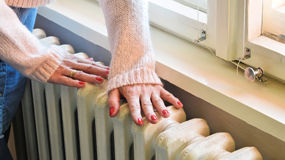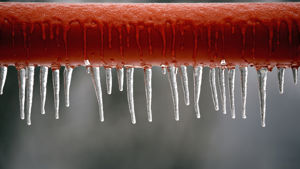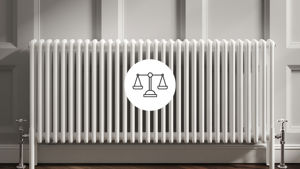Why Is My Radiator Cold At The Bottom?
A radiator that is cold at the bottom is usually caused by a build up of sludge in the system. This sludge is mainly composed of rust and dirt particles which accumulate from internal corrosion. As the sludge is heavier than water, it settles at the bottom which prevents water and heat flow to the bottom of the radiator.
How To Fix a Cold Radiator Bottom
To fix a cold radiator bottom, you will need to flush the sludge clogging up your radiator:
- Turn off your entire heating system
- Lay down protective sheets
- Turn off the valves
- Bleed & drain the radiator
- Remove the radiator and clean
We have a full explanation of how you can flush the sludge out of your radiator.

Why Do I Need To Flush Out My Radiator?
If Radiator sludge is making your home colder and creating an inefficient flow, that means you're paying more for heating than you have to. Radiator sludge can damage your boiler which can mean the longer you put off cleaning out your radiator, the bigger the problems can become.
Is The Problem Definitely Sludge?
Radiators and heated towel rails are naturally warmer on top than the bottom, but some radiators more than others. For example, 'convection radiators' focus on convection heating which is when heat rises and pushes cool air downwards. This cool air is then heated and the cycle continues. All radiators use a combination of both convection heating and simply 'radiating' their heat out.
Therefore, most radiators will feel cooler at the bottom, but no radiator should be completely cold at the bottom.
If the above steps don't seem to be working, it may be time for a new radiator.
Speaking of fixing radiators, in case anything else pops in future and you're unsure of what to do, check out our troubleshooting section to quickly identify common problems with quick fixes. That includes the opposite of this article; radiators cold at the top and hot at the bottom!
We hope you found this guide useful in helping you fix your radiator and keep your heating bills down. It's also important to bleed your radiators and balance them to ensure they all heat up at the same rate.










